Set in the heart of Tuscany, in the splendid area of Valdelsa, the hamlet of Certaldo is famous to be the birthplace of Giovanni Boccaccio, the Italian writer, and poet of the fourteenth-century author of the 100 novellas of the Decameron. Moreover, Certaldo is a splendid medieval village surrounded by gently rolling hills, vineyards, olive groves, and rows of cypress.
Thanks to its position halfway between Florence, San Gimignano, and Siena, Certaldo and its surroundings are a nice and strategic base where to stay and explore the “classic Tuscany”, but also an easy day trip to take from Florence. It offers a wealth of options for bike lovers and the pilgrimage route of the ancient Via Francigena passes from here.
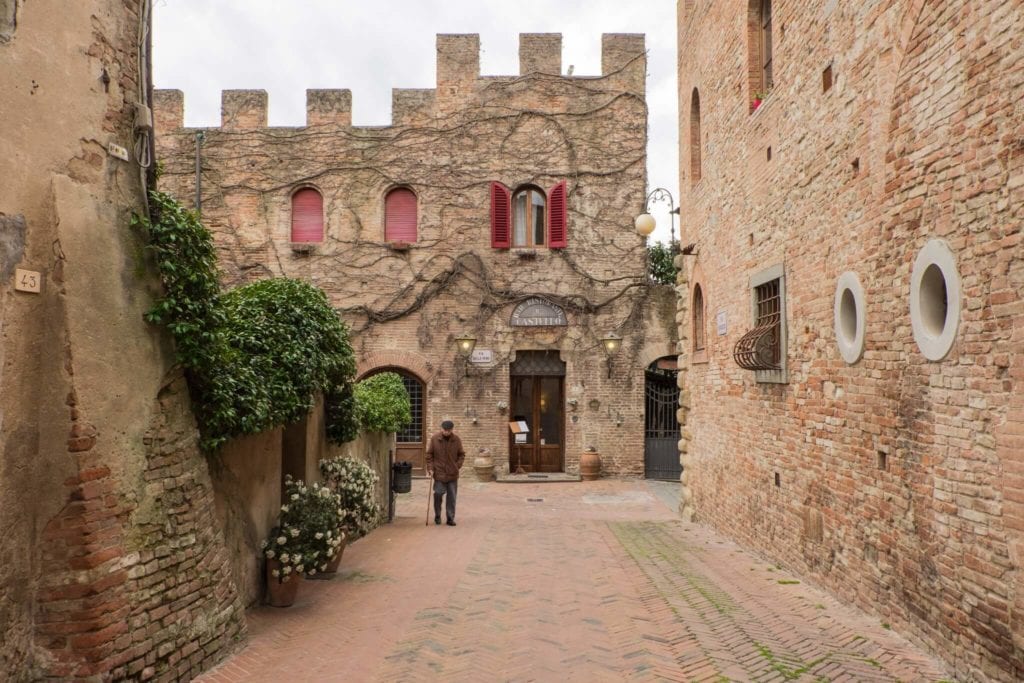
Certaldo is included in the “Bandiera Arancione” list by Touring Club Italia as one of the best villages in Italy for the tourist offer, art, culture, and respect for nature (for a list of other 10 villages included in the list click here). I can’t argue with that. The historical center is perfectly preserved. The alleys and the buildings made of Tuscany tiles, the small restaurants, and the Botteghe (little shops), give Certaldo a unique, quiet, and magical atmosphere.
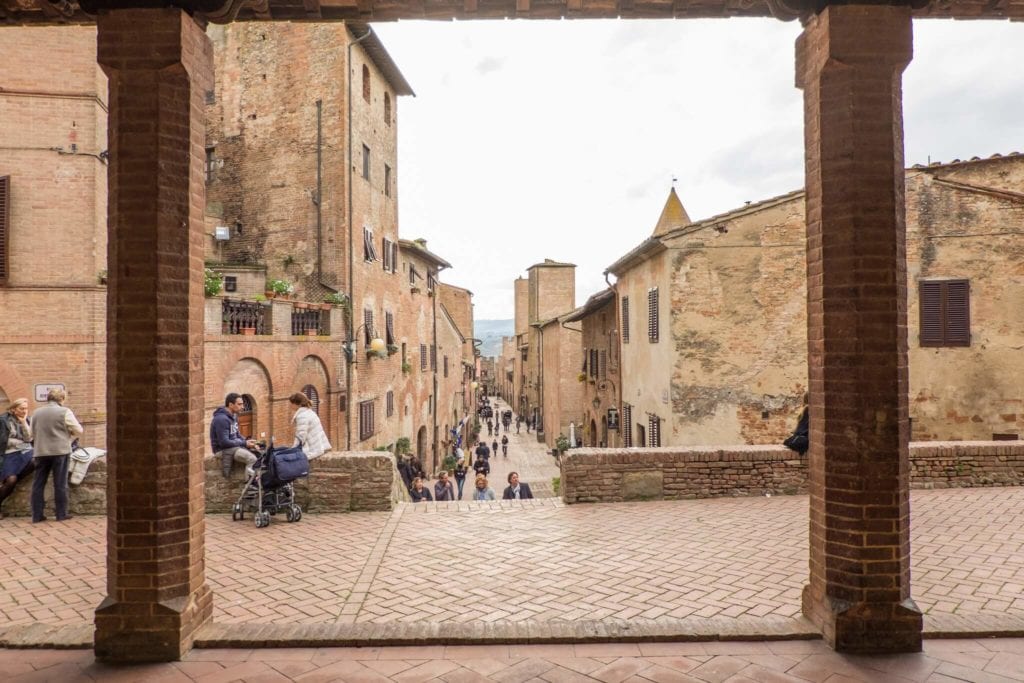
A brief history of Certaldo
Certaldo has Etruscan origins, and its name derives from the Latin words Cerrus Altus which mean upland covered by Turkey oak. Moreover, like many other Tuscan villages, it became important during the Middle Age. In 1164 Federico Barbarossa, the Holy Roman Emperor, gives the town to the Counts Alberti of Prato but after only 20 years Certaldo moved to the control curacy of Florence.
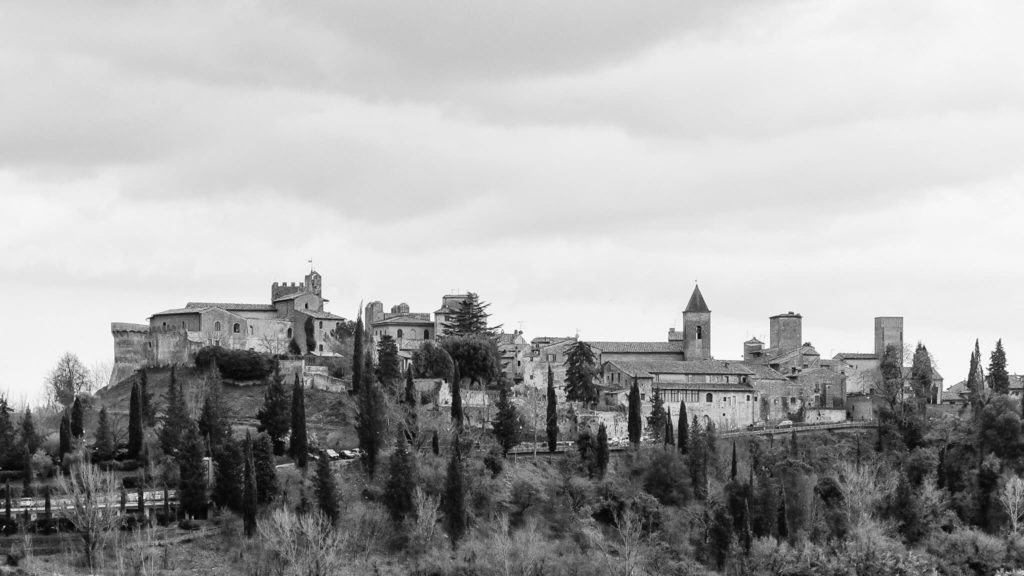
Certaldo as you see it today has a lower and modern part. The upper historical part, called Certaldo Alto, corresponds to the medieval castle and its fortified walls, built and developed between the twelfth and fifteenth centuries. One of the main features of every medieval village was the Piazza where all the main buildings were set.
Instead, due to the shape of the hill where was built, Certaldo has no main square, and it’s in Via Boccaccio that you find the Palazzo Pretorio (symbol of political power), the church, and the Logge del Mercato as a trading place. The spaces that today seem like squares in the past were simply vegetable gardens.
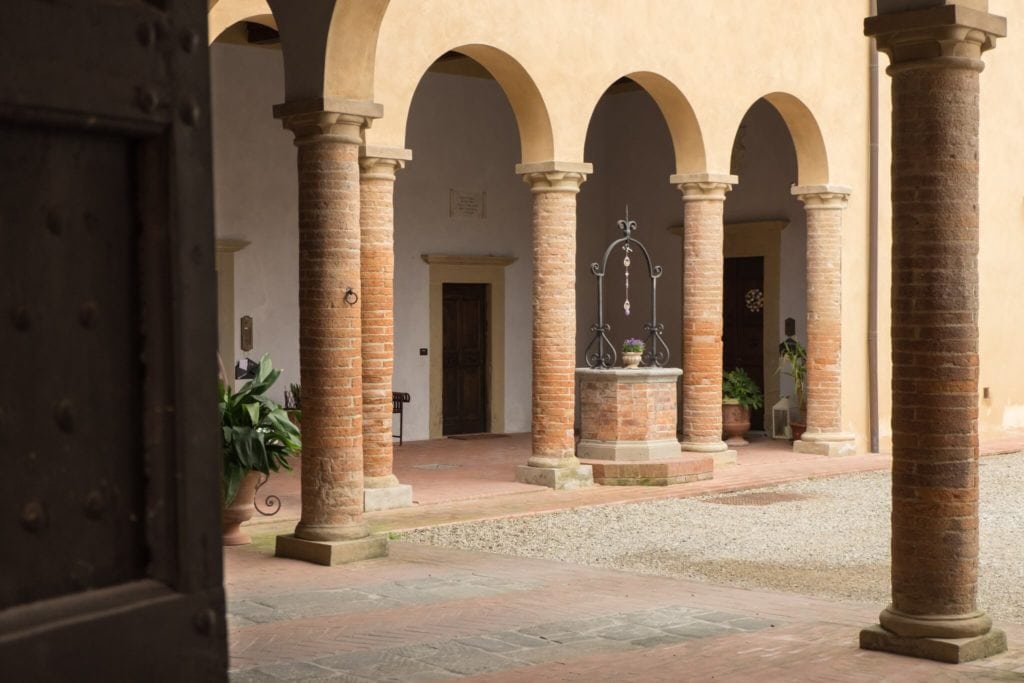
What to see in Certaldo
We reached Certaldo Alto by car driving along a panoramic and steep road but you can even choose to get the modern funicular departing from Piazza Boccaccio. Then, my suggestion is to stroll around discovering the beauties hidden behind every corner. There is a strange red light all around, probably caused by the rays of light reflected in the red bricks of the old buildings.
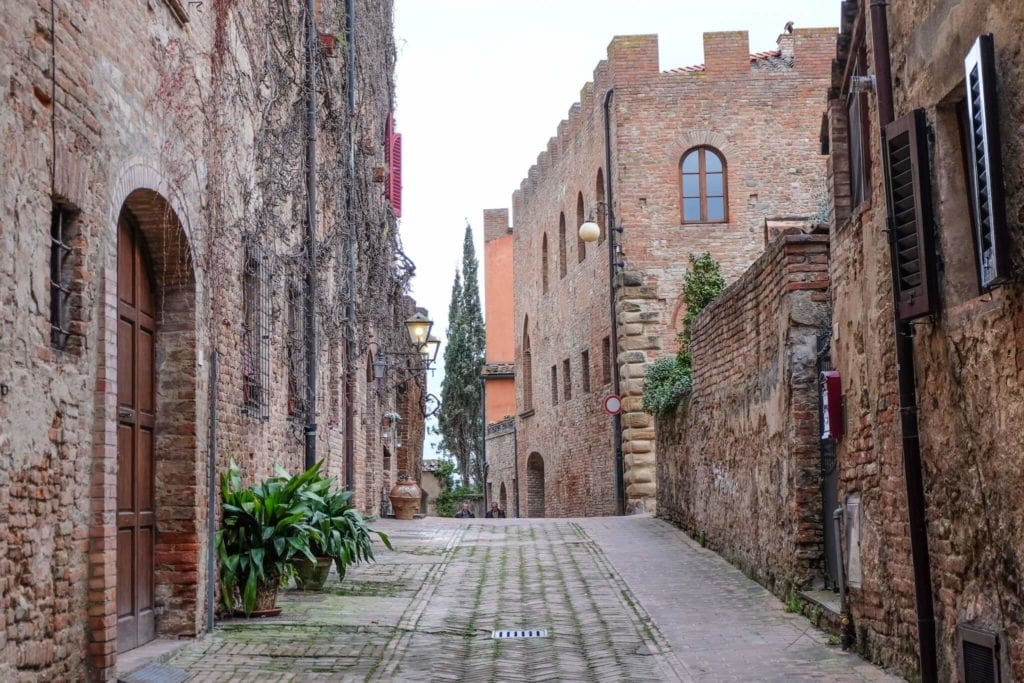
Here are the main attractions of Certaldo:
Palazzo Pretorio
The most iconic place of Certaldo is without a doubt the Palazzo Pretorio which you find at the highest point of the village at the beginning of Via Boccaccio. In origin, during the twelfth century, it was the dwelling of Counts Alberti. Later it became the residence of the vicars the power and their families. The first thing that drew my attention was the view of the many different colored coats of arms on the façade, representing all the Families of the curacies that lived here and ruled the city.
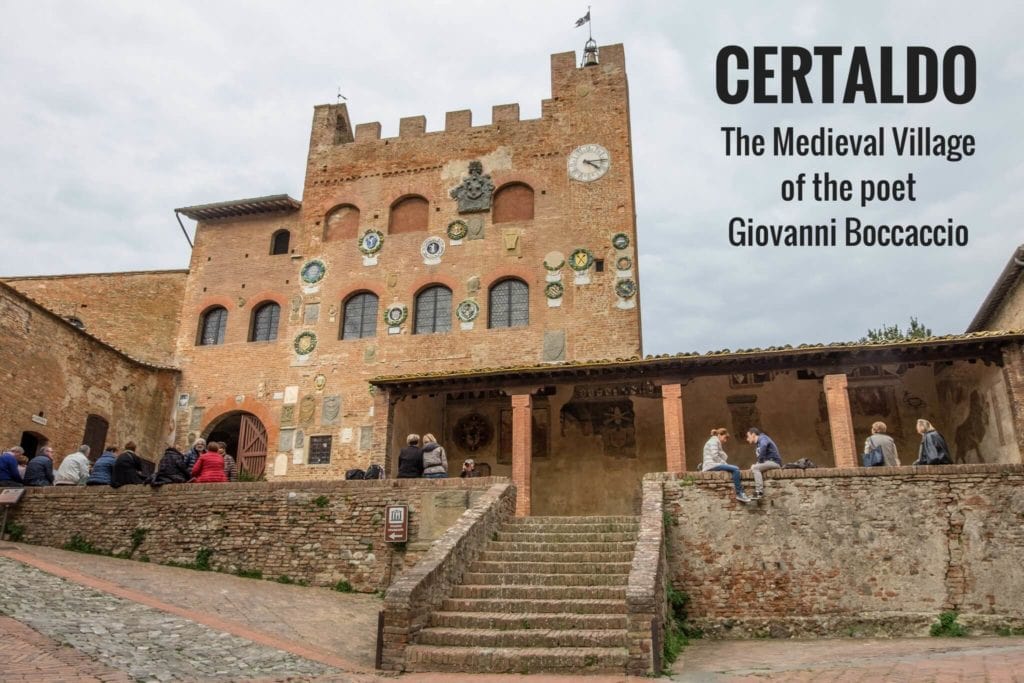
It is possible to get into the Palazzo and visit the old prison, the hearing room, some chambers with interesting frescoes, the chapel, the archive, and the private rooms of the vicars. On the first floor, you can find temporary exhibits of modern art and the inner courtyard hosts a nice garden with a Japanese tearoom. With the same ticket, next to the Palazzo, you can visit also the “church of San Tommaso e Prospero”.
During the wintertime, the opening time is from Tuesday to Sunday from 10.30 am to 1.30 pm. In summer every day from 10 am to 7 pm.
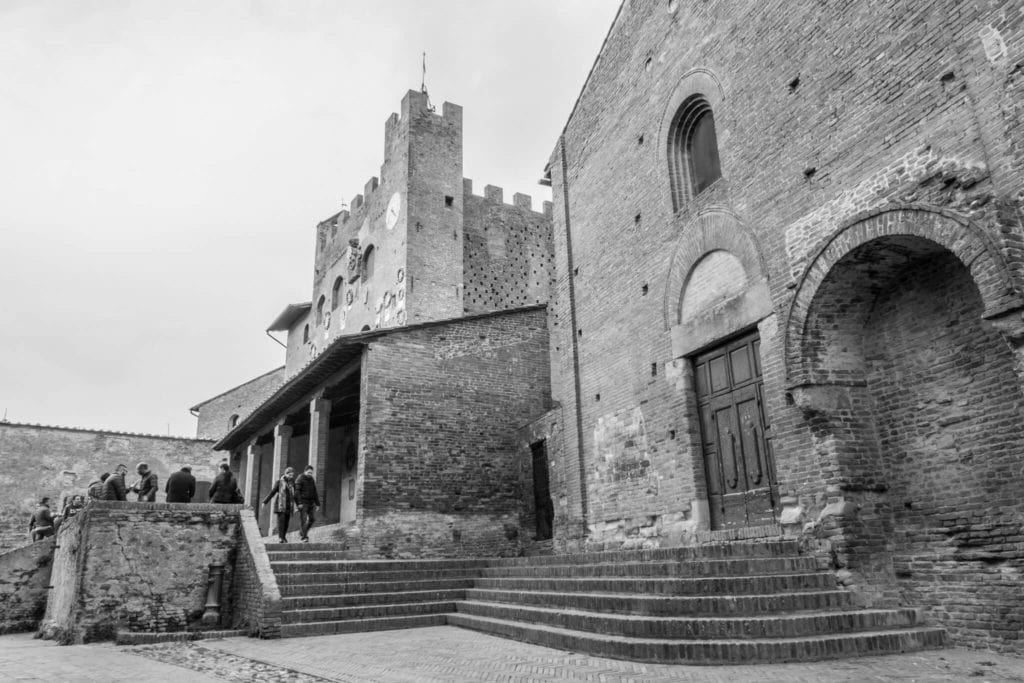
Casa di Boccaccio
A building with a tower and loggia overlooking the main Via Boccaccio hosts the house-museum of the famous poet. Historians suppose that Boccaccio was born in 1313, and spent most of his life till the end of his days here. The house displays furnishing and panels that record the life and the artworks of the novelist. Talking of the Decameron, written between 1349 and 1351, a small library in the house safekeeping some precious illustrated editions of this masterpiece of literature.
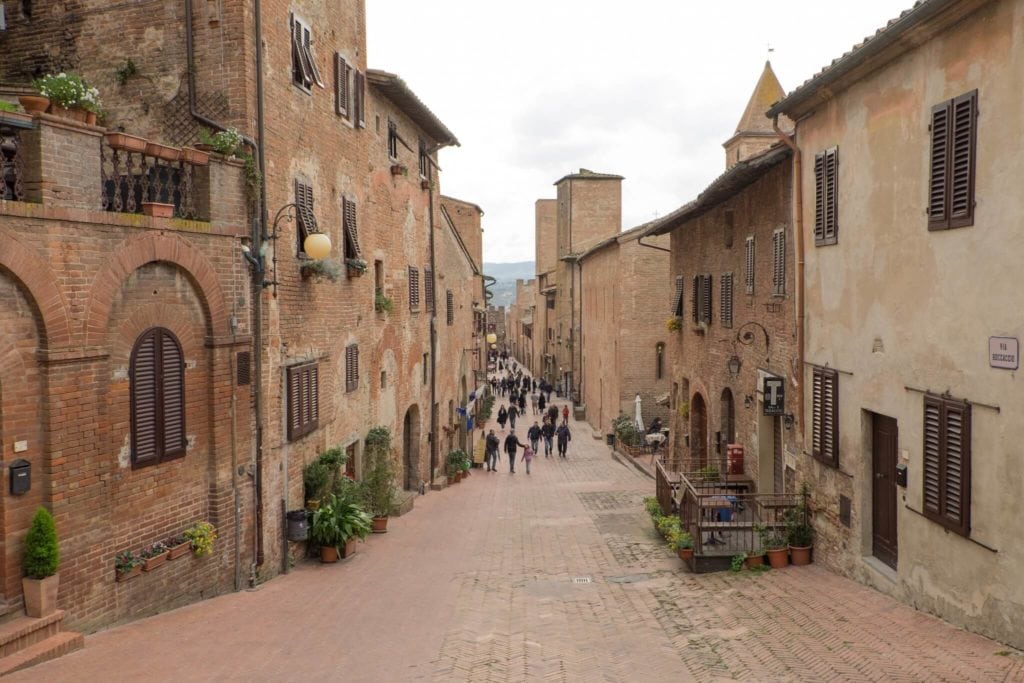
Chiesa dei SS. Michele e Jacopo and the Museum of Sacred Art
The Romanesque-style church of the thirteenth century houses the remains of Giovanni Boccaccio. From the adjoining cloister, you enter the ex-Augustinian monastery that today hosts the museum of sacred art. Six rooms dedicated to paintings, sculptures, and sacred vestiges. To visit these three attractions, you can choose between a ticket that includes the Palazzo Pretorio and the Casa Boccaccio, or another one, which includes also the Museum of Sacred Art.
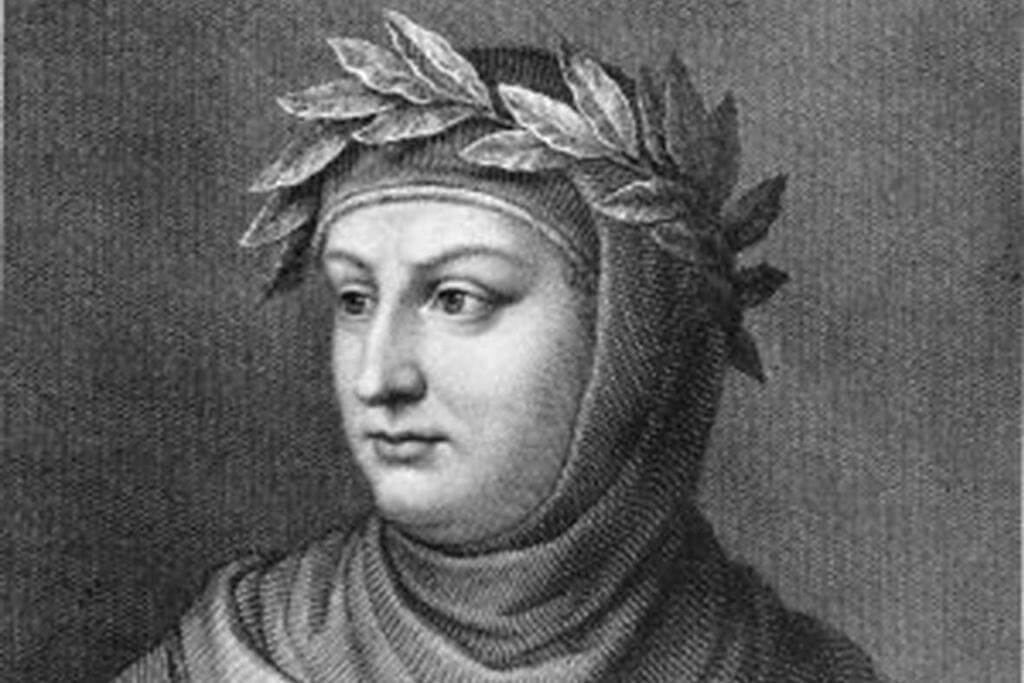
The nail museum and the small shops of pottery
You find this freak museum in the Palazzo Giannozzi along Via Boccaccio. The entrance fee is only one Euro. You can see dozens of nails of different shapes and ages, farming tools, and wooden sculptures. The building also hosts a nice shop of traditional colored handmade potteries where you can buy some nice souvenirs.
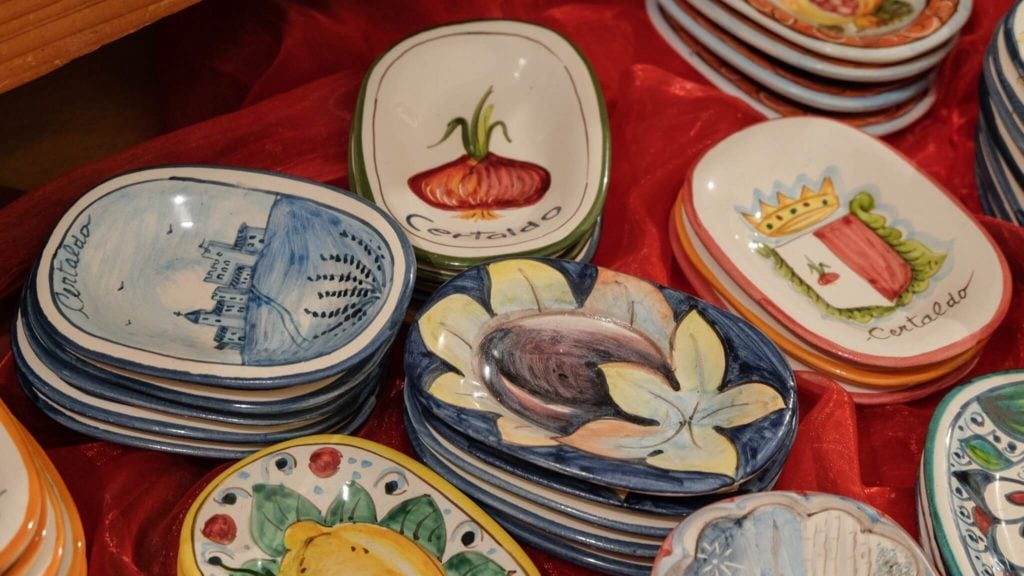
The archery headquarters
Walking around a narrow path of the hamlet, we found by chance the headquarter of the historical archery of Certaldo. We climbed down the stairs that bring underground into a dark gallery. It is full of medieval weapons, colored coats of arms, and an exciting atmosphere of ancient tourneys. Old wooden bows, shields, halberds, and axes decorate the walls. And you can even listen to the stories told by local archers.
Parco Collinare Canonica
Driving a bit out of the walls along the Via delle Mura there is the Parco Collinare Canonica. In this big hilly park locals usually go hiking or running. But it is also the place to make picnics with family and friends, and rest in the sun, and in the shade of the cypresses. Breathing deep the cool breeze of Tuscany.

The Main Events in Certaldo, Tuscany
Every July, one of the biggest festivals for street artists in Europe transforms Certaldo Alto into a magical hamlet. This is Mercantia. A lineup full of live shows and performances of street bands, jugglers, dancers, musicians, and actors, attracts for five days thousands of visitors from all over the country.
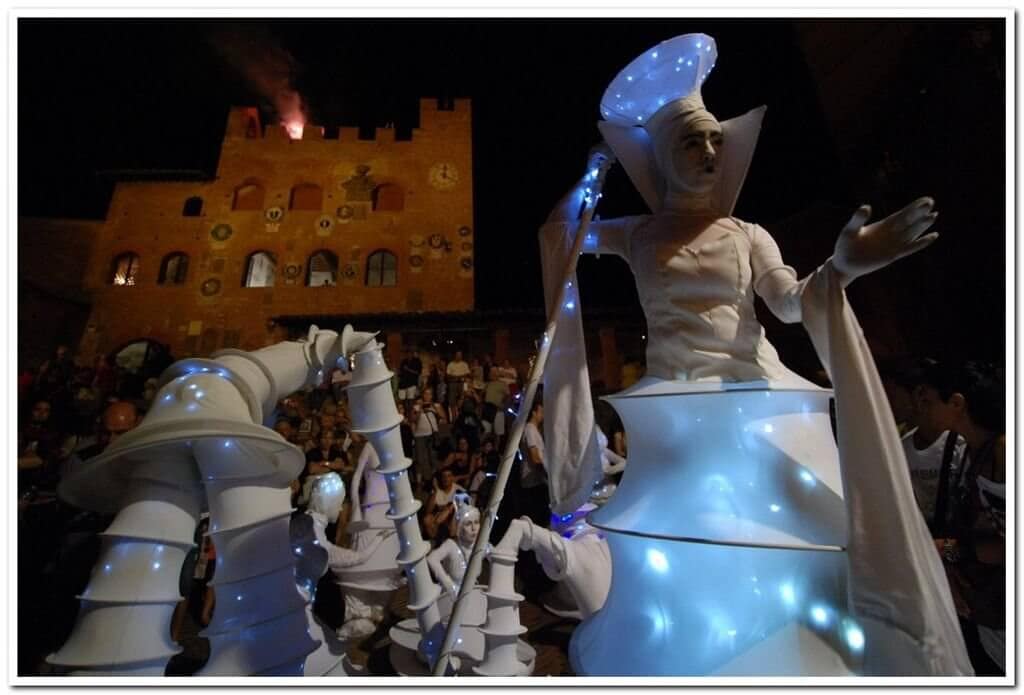
In October instead, takes place the Boccaccesca, a tempting food festival to celebrate the local food traditions. Certaldo is famous for the red onion, the white truffles, and for an excellent Extra Virgin Olive Oil. At an event like Boccaccesca, you can try and taste them. Not to mention other delicacies of Tuscan gastronomy: the ribollita (bread and vegetable warm soup), pasta with wild boar or hare ragout, and the Bistecca alla Fiorentina. Being in the area of Chianti, here even nice red wines are produced.
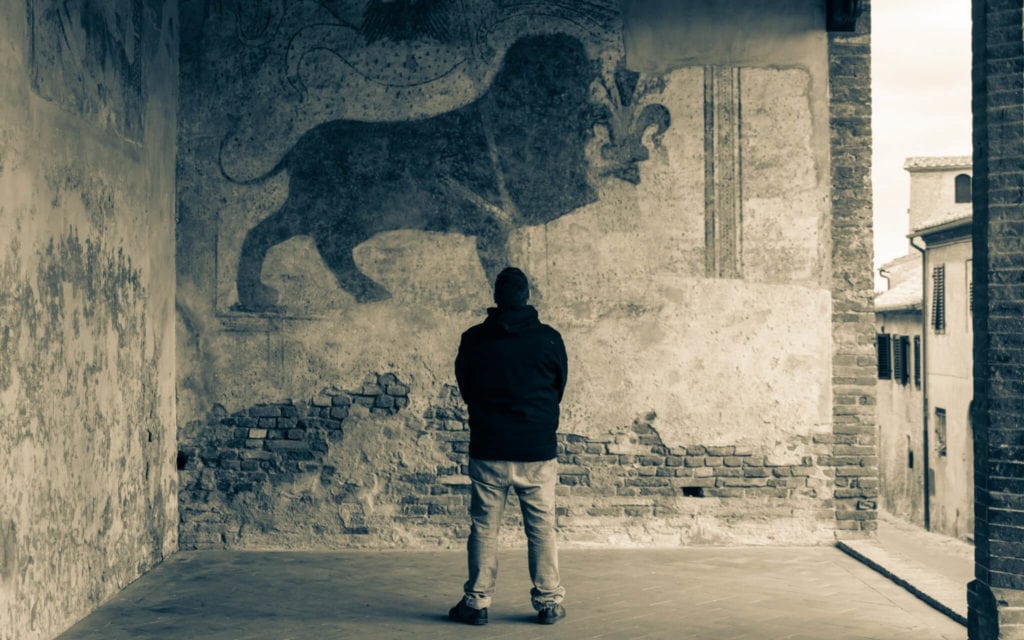
An enchanting hamlet that inspires poets. A quiet atmosphere out of the beaten paths of Tuscany. Amazing panoramas. A great food tradition. Do you need more reasons to visit Certaldo?
Pin It for Later!
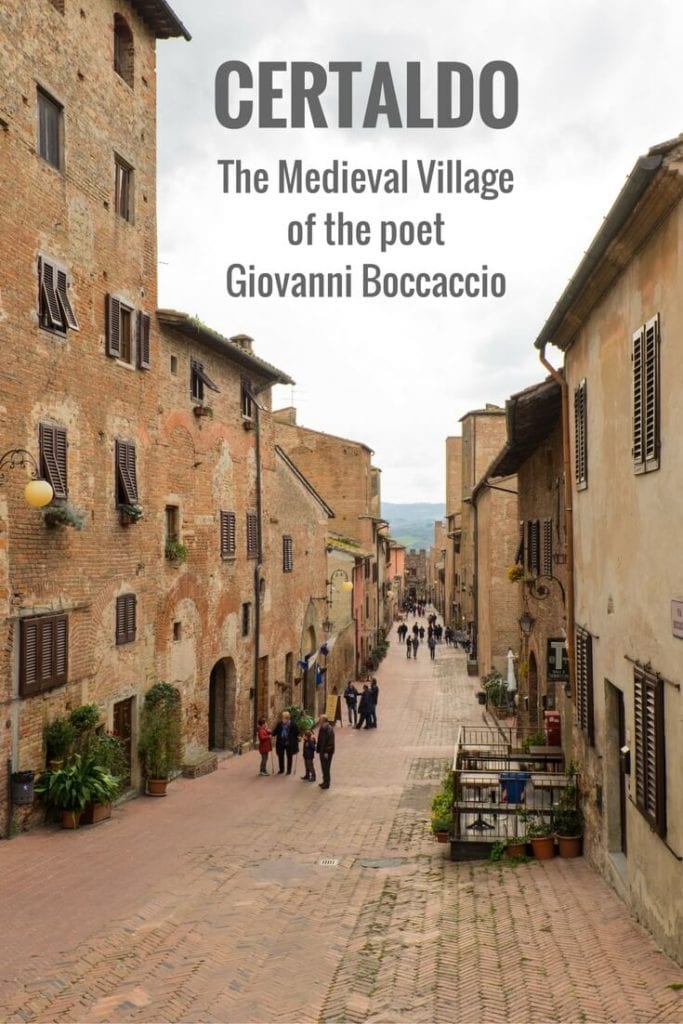
These pictures make me feel so nostalgic. I love Tuscany, Italy will always be one of my favourite countries to explore. You have captured it so well with this post. Thanks for sharing!
Bryony – http://www.travelsandmore.co.uk
Thanks for reading Bryony and appreciating our pictures. Happy you like our country and we hope to see you again soon around Tuscany. 🙂